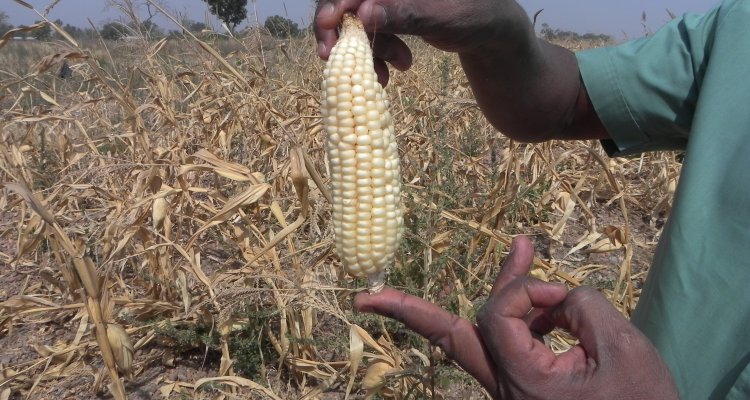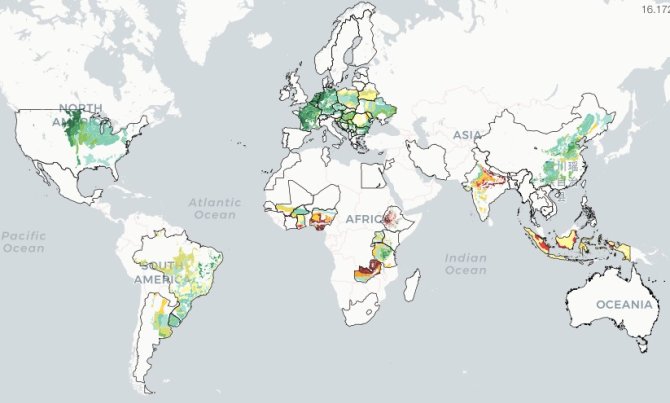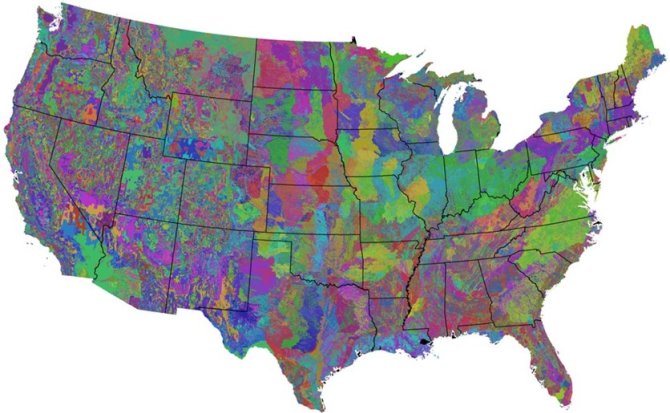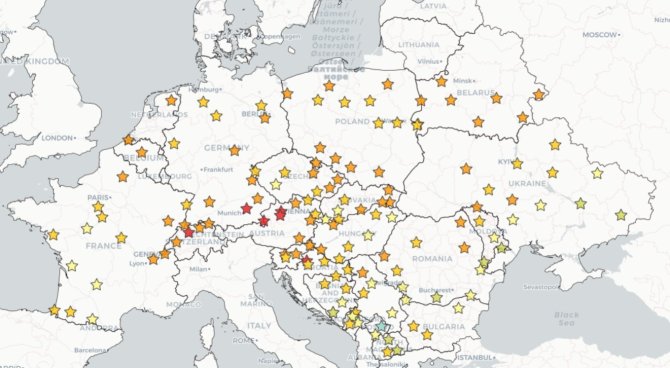
Global Yield Gap Atlas
The Global Yield Gap Atlas (GYGA) is an agronomic database platform with local and global relevance to support your decision on yield optimisation.
The ability to inform your next investment in agriculture ultimately depends on the quality of the data in front of you!
What is the Global Yield Gap Atlas (GYGA)?
Global Yield Gap Atlas - GYGA offers high-quality and locally relevant data on yield gap and potential, water productivity, nutrient requirement, and other agronomic data such as weather, soil, and crop management system. GYGA now has coverage of up to 13 food crops across 70 countries and six continents with the possibility of expansion. Learn more about the current coverage of GYGA here.
Since 2011, the platform has achieved almost 25,000 data downloads by private/public/non-profit sectors including agricultural input companies (e.g. seeds, agrochemicals, biostimulants), consultancy companies, financial agencies, governments, donors, research institutions, and NGOs as reference points for strategic decision making and research on yield optimisation.
Feeding a growing population within the planetary boundaries is one of the great tasks of humankind in the 21st century and is at the heart of multiple Sustainable Development Goals (SDGs). For this reason, local data with global relevance provided by the Atlas on agricultural production, resource use and environmental implications are critical to simultaneously addressing questions of food availability, finite resources and environmental impacts. Since 2019, GYGA has been used to quantify the Yield Gap Closure indicator for the assessment of SDG2 Zero Hunger by the Sustainable Development Solutions Network (SDSN).

What makes GYGA unique in comparison to other data sources?
- Offers high-quality and locally relevant data that are collected by following a "bottom-up" global protocol to organise soil, climate, and cropping system data. Learn more about our GYGA protocol.
- Follow a leveled approach for data source selection with a preference for the use of primary data and the need for local knowledge of agronomic practices by collaborating with leading agronomists in the countries.
- Offers data that is available at different spatial levels: a) Location, b) Climate zones, and c) National. Check out GYGA Map Viewer.
- GYGA has established scientific credibility since it was founded as its methods and applications have triggered hundreds of well-cited scientific publications. Learn more about GYGA publications.

What are the potential applications of GYGA?
- Market identification and selection of priority areas for investment, field trials, or scaling out of products.
- Impact assessment of agricultural investment by measuring the progress of indicators (e.g. yield gap, water productivity).
- Locally relevant data for crop modelling.
- R&D and product development.
- Foundation for research on how to close yield gaps and analysis of food security, land use, and climate change.
Want to extend GYGA's benefits to your organisation?
Learn more about the GYGA license and sponsorship subscription.
Our current sponsors and annual licensees include the Bill & Melinda Gates Foundation, Yara, and a number of the world's leading agro-inputs, biostimulant, renewable energy, and consultancy companies.
